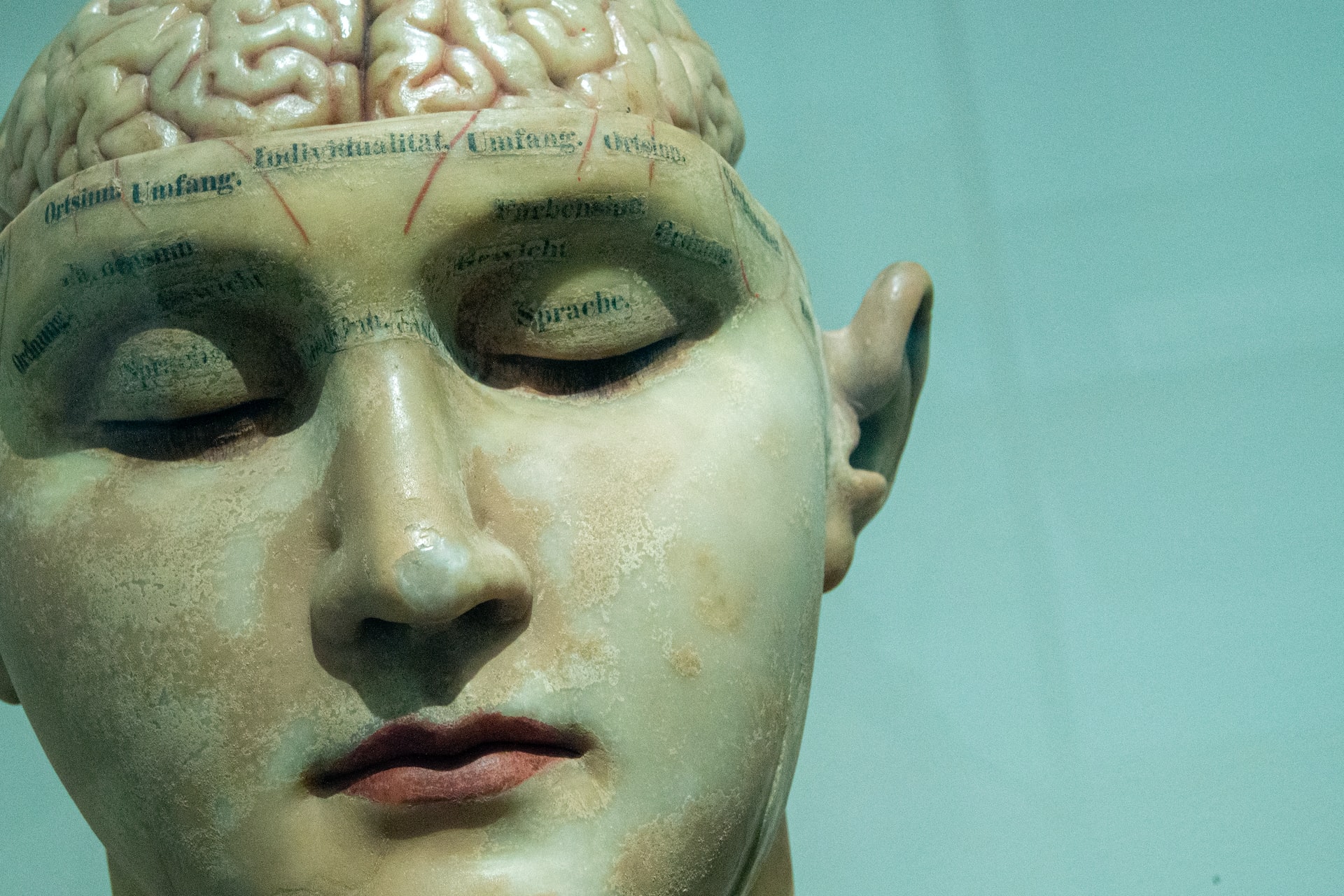Understanding Parkinson’s Disease: An Introduction
Parkinson’s disease is a brain disorder that affects movement. It happens when certain nerve cells in the brain stop working properly or die. These cells make an important chemical called dopamine, which helps control movement. When dopamine levels drop, it causes the main symptoms of Parkinson’s.
The most common signs of Parkinson’s are shaking (tremors), stiff muscles, slow movement, and trouble with balance. These usually start gradually on one side of the body. As the disease progresses, both sides can be affected. Other symptoms may include changes in speech, writing, and facial expressions.
Parkinson’s typically develops in people over 60, but it can sometimes occur in younger adults too. It affects men slightly more often than women. While we don’t know exactly what causes Parkinson’s in most cases, both genetic and environmental factors likely play a role.
There’s no single test to diagnose Parkinson’s. Doctors look at a person’s symptoms and medical history, and do a physical exam. Brain scans and other tests may be used to rule out other conditions.
Although there’s no cure yet, treatments can help manage the symptoms of Parkinson’s. The main treatment is medication to increase dopamine levels in the brain. In some cases, surgery might be an option. Exercise, physical therapy, and speech therapy can also be very helpful.
Living with Parkinson’s can be challenging, but many people with the disease are able to maintain a good quality of life for years. Support from family, friends, and healthcare providers is important. Researchers are working hard to better understand Parkinson’s and develop new treatments.
Parkinson’s is a complex disease that affects each person differently. If you or someone you know has symptoms, it’s important to see a doctor for proper diagnosis and care. With the right treatment and support, many people with Parkinson’s can continue to live active, fulfilling lives[1][2][8].





